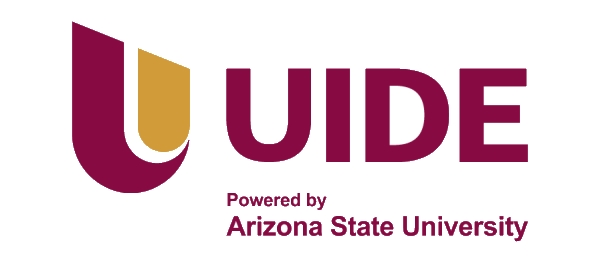
Please use this identifier to cite or link to this item:
https://repositorio.uide.edu.ec/handle/37000/8184| Title: | Eficiencia y optimización en la gestión técnica administrativa de vehículos de transporte de residuos sólidos urbanos |
| Authors: | Dávila Cárdenas, Eliann David Pinto Plazarte, Cristian Alexander Reyes, Gorky (tutor) Guanuche, Denny (tutor) |
| Keywords: | ADMINISTRACIÓN;EFICIENCIA;PLANIFICACIÓN;PRODUCTIVIDAD |
| Issue Date: | 2025 |
| Publisher: | QUITO/UIDE/2025 |
| Citation: | Dávila Cárdenas, Eliann David; Pinto Plazarte, Cristian Alexander. (2025). Eficiencia y optimización en la gestión técnica administrativa de vehículos de transporte de residuos sólidos urbanos. Facultad de Mecánica Automotriz. UIDE. Quito. 177 p. |
| Abstract: | Se sabe que los vehículos de transporte de residuos sólidos deben tener una gestión eficiente ya que esto es crucial al momento de asegurar un servicio de recolección eficaz. Por ende, en este estudio se analizó como implementar estrategias de optimización técnico-administrativa con métodos de análisis mixtos, que contengan enfoques cualitativos y cuantitativos. Método: Este proceso incluyó evaluar como funciona el área operativa y administrativa del mantenimiento de la flota de recolección, dejando en evidencia que áreas eran las más afectadas. Mediante el análisis descriptivo y comparativo, mediante un respaldo de análisis e informes, se observó que el área operativa tenía una deficiencia en conocimientos sobre mantenimiento y normativas que van a afectar a la productividad y eficiencia de las operaciones. Por ende, creamos un plan de capacitación donde se enfoca en como el área administrativa y desconocimientos afecta de forma directa al área operativa. Resultados: Mediante el programa se vio el progreso en los conocimientos tanto del personal sobre normativas y procesos de mejora aplicables, impulsando a una mejora en la ejecución diaria de sus labores. Los 35 participantes de manera satisfactoria aprobaron el curso lo cual se tradujo en una mayor comprensión de procesos administrativos y operativos, esto se reflejó en un incremento de productividad individual y grupal en ambas áreas. Conclusión: Mediante la capacitación se logró fortalecer las competencias del personal y potenciar sus habilidades, a su vez también ayudo en la mejora del área administrativa en la gestión del taller para que trabajen de la mano con la operativa, creando así una mayor eficiencia en el taller, una vez obtenido estos resultados se creo cronogramas y horarios donde los operadores tengan establecidos ya sus actividades y funciones. It is known that solid waste transport vehicles must have an efficient management since this is crucial when ensuring an effective collection service. Therefore, in this study, it was analyzed how to implement technical-administrative optimization strategies with mixed analysis methods, which contain qualitative and quantitative approaches. Method: This process included evaluating how the operational and administrative areas of the collection fleet maintenance work, making it evident which areas were the most affected. Through descriptive and comparative analysis, supported by analysis and reports, it was observed that the operational area had a deficiency in knowledge about maintenance and regulations that will affect the productivity and efficiency of operations. Therefore, we created a training plan that focuses on how the administrative area and lack of knowledge directly affect the operational area. Results: Through the program, progress was seen in the knowledge of both the staff on applicable regulations and improvement processes, driving an improvement in the daily execution XIIIof their work. The 35 participants successfully passed the course, which resulted in a greater understanding of administrative and operational processes, which was reflected in an increase in individual and group productivity in both areas. Conclusion: Through training, it was possible to strengthen the staff's skills and enhance their abilities, and it also helped to improve the administrative area in the management of the workshop so that they work hand in hand with the operational area, thus creating greater efficiency in the workshop. Once these results were obtained, schedules and timetables were created where the operators had their activities and functions established. |
| URI: | https://repositorio.uide.edu.ec/handle/37000/8184 |
| Appears in Collections: | Tesis - Mecánica Automotriz |
Files in This Item:
| File | Description | Size | Format | |
|---|---|---|---|---|
| UIDE-Q-TMA-2025-215.pdf | TESIS A TEXTO COMPLETO | 26.61 MB | Adobe PDF | View/Open |
Items in DSpace are protected by copyright, with all rights reserved, unless otherwise indicated.